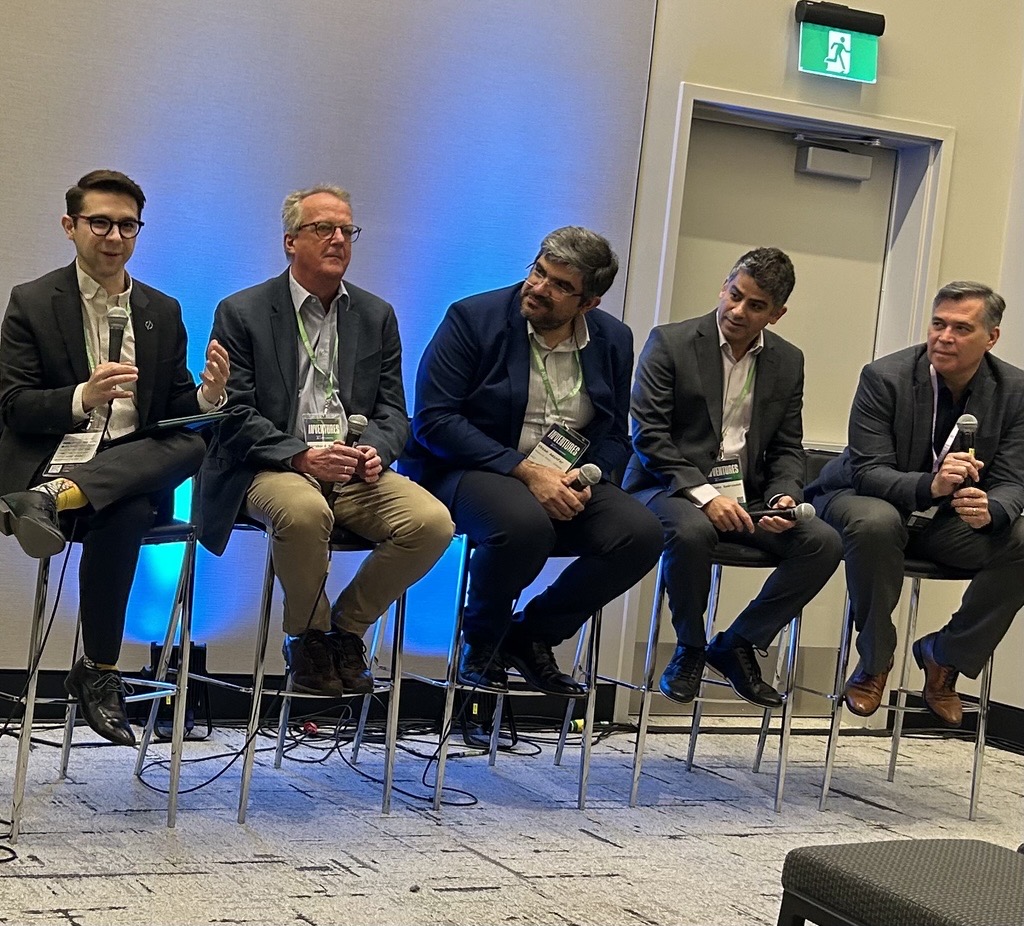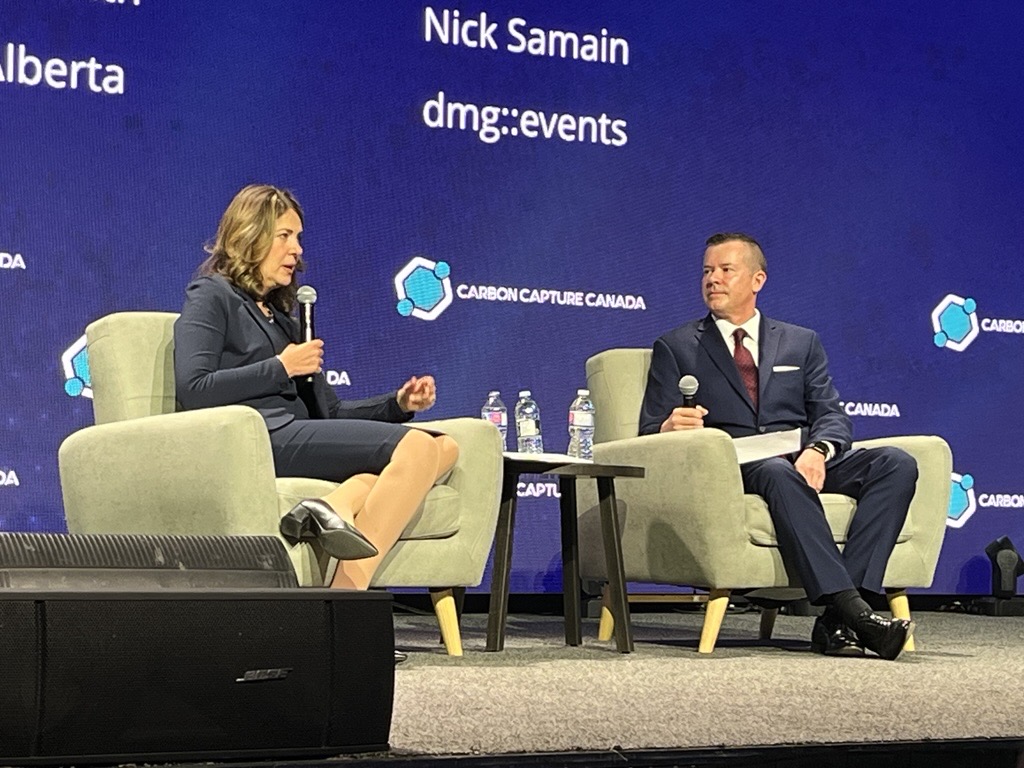COSIA is ‘all in’ on innovation
August 14, 2025

Earlier this summer, the Inventures conference, hosted by Alberta Innovates, brought together more than 4,000 visionary leaders, thinkers and industry pioneers from more than 30 countries to connect, inspire and innovate. The conference posed the question “Are you IN?”, encouraging collaboration and the collision of creativity and innovation to make step changes in the world around us.
Canada’s Oil Sands Innovation Alliance (COSIA), the innovation arm of Pathways, has long held the belief that innovation is the key to enhancing oil sands operations and successful innovation requires collaboration. COSIA connects researchers, innovators, and industry partners, driving innovative and technological solutions with the potential to address industry’s greatest challenges. These relationships can provide industry insight, access to funding and opportunities for testing new innovations.
At Inventures, COSIA had the opportunity to showcase the work it does to support innovators in a panel entitled Fostering Innovation: Advancing Technologies to Improve Oil Sands Operations. Moderated by Lee Davis, Sr. Technical Advisor with COSIA’s water environmental priority area, the panelists included innovators who have worked with COSIA and its member companies to advance their ideas from various stages of readiness to commercialization. Learn more about the panelists and their innovations below.
Ariel Torre is the co-founder and CEO of Impossible Sensing Energy, which uses optical sensing technologies to measure precise amounts of solvents recovered in oil sands production. On the panel, Torre, explained how his company was introduced to COSIA through a global challenge in 2022, “As winners of the global challenge, we were able to work directly with COSIA’s member companies to refine our product, access funding through Alberta Innovates and NRCan and perform lab-scale testing at SAIT [Southern Alberta Institute of Technology]. The next step is to build the prototype meter and test it in the field.” He added, “We’re grateful for the opportunities we’ve seen by working with COSIA. We couldn’t have gotten to this point without their support.”
What began for Dr. Bernhard Mayer, Professor of Geochemistry at the University of Calgary as a literature review led to an initial four-year project on the mechanisms of scaling and fouling in oil sands producer’s Once-Through Steam Generators (OTSGs).This equipment is part of oil sands operations that extract bitumen beneath the ground with steam. The project was a multi-year collaboration with colleagues at the University of Alberta and SAIT, resulting in pilot-scale testing of OTSG fouling mechanisms on SAIT’s pilot OTSG rigs. “Working closely with representatives of COSIA’s member companies helped us refine the research and testing.”
Dr. Ehsan Aminfar, Research Chair for the Centre for Energy Research in Clean Unconventional Technology Solutions, Applied Research and Innovation Services at SAIT, echoed the sentiment saying, “The collaboration was a perfect example of fundamental and applied researchers working together to solve a shared industry problem.”
The collaboration was extended for four years in May 2025, when Natural Science and Engineering Research Council of Canada (NSERC) confirmed they would provide matching funds to COSIA’s industry support to optimize OTSG operating conditions in Canada’s oil sands industry.
GreEnvi Corp provided the final example of industry-academic collaboration during the panel discussion. Dr. Mohtada Sadrzadeh, CEO of GreEnvi Corp and Professor in the Mechanical Engineering Department at the University of Alberta, shared his experience working with COSIA and its member companies. His research into high-temperature membranes is planned to be tested in the Northern Alberta Institute of Technology (NAIT) Membrane Testing Laboratory, with the goal of commercializing reverse osmosis membranes for treating brackish water in the oil sands facilities. The membranes offer superior bio- and organic-fouling resistance, standing up to the extremely high temperature conditions of oil sands operations. This has the potential to result in reduced fouling and a lower cleaning frequency by up to 50% compared to other products. Reduced downtime can improve efficiency and reduce costs in oil sands operations.
In answer to the Inventures conference’s question “Are you IN?” COSIA responded with a resounding “YES!” as it continues to foster collaboration and connections between the innovation ecosystem and the oil sands industry.

